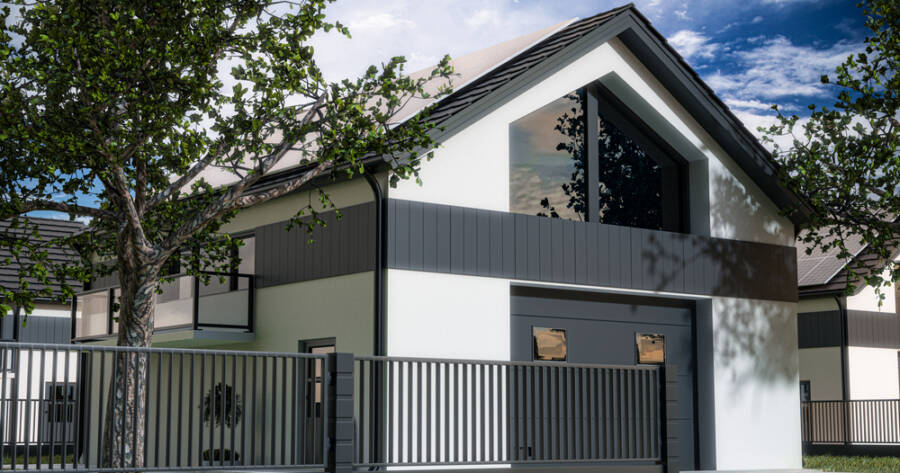The dream of owning a home often comes with significant financial challenges. Rising construction costs and unpredictable housing markets make traditional homes increasingly expensive for many individuals. Enter modular homes—a modern, cost-effective alternative that’s gaining popularity. These factory-built structures offer high-quality living spaces at a fraction of the cost of traditional homes. Discover why modular homes can be more affordable than regular houses.
1. Efficient Construction Process
One of the primary reasons modular homes are more affordable is their streamlined construction process. Unlike traditional houses built entirely on-site, modular homes are constructed in factory-controlled environments. This approach offers several cost-saving advantages:
- Reduced Labor Costs: Factory assembly lines minimize the need for extensive on-site labor, which is typically more expensive.
- Faster Build Times: Modular homes can be completed in a matter of weeks, compared to months or even years for traditional homes. This shorter timeline reduces labor expenses and financing costs for builders and buyers.
- Minimized Weather Delays: Factory construction is unaffected by weather conditions, preventing costly delays and damage to materials.
2. Bulk Purchasing of Materials
Manufacturers of modular homes buy construction materials in bulk, significantly reducing the per-unit cost. Traditional homebuilders, on the other hand, often purchase materials in smaller quantities, leading to higher expenses.
Additionally, modular home factories can optimize material usage, reducing waste and further lowering costs. This efficiency benefits buyers, as the savings are passed on to them.
3. Modular Home Prices in the UK
In the UK, modular homes are emerging as an affordable alternative to traditional housing, particularly as property prices continue to rise. The cost of a modular home varies depending on size, design, and finishes but is generally much lower than building a conventional home.
- Starting Prices: A basic one-bedroom modular home can cost around £50,000.
- Family-Sized Options: Larger homes with multiple bedrooms typically cost more varying on the model.
- Luxury Modular Homes: High-spec modular homes with premium finishes and smart home technology can cost the most, but these are still more affordable compared to traditional luxury homes.
These prices typically include the manufacturing and delivery of the home, but additional costs like land purchase, utility hookups, and foundation installation should also be considered. Even with these extras, modular homes in the UK remain a cost-effective choice, especially for first-time buyers or those looking to downsize.
4. Lower On-Site Costs
Building a traditional home requires extensive on-site work, such as preparing the land, pouring the foundation, and constructing the structure. Each of these steps involves labor, equipment, and time—all of which add to the overall cost.
Modular homes, however, arrive at the site nearly complete. Once delivered, they are assembled and secured to the foundation, significantly reducing on-site expenses. In some cases, a modular home can be move-in ready within days of delivery.
5. Energy Efficiency
Modern modular homes are often designed with energy efficiency in mind. Many manufacturers incorporate high-performance insulation, energy-efficient windows, and eco-friendly materials into their designs. These features not only reduce utility bills but also qualify homeowners for tax incentives or rebates in some regions.
Traditional homes can be made energy-efficient as well, but retrofitting or customizing these features during construction can be more expensive.
A Smart Choice for Affordable Housing
Modular homes combine affordability, efficiency, and quality in a way that traditional houses often cannot match. Their streamlined construction process, reduced material waste, and energy-efficient designs make them an excellent choice for cost-conscious buyers. With starting prices for UK modular homes as low as £50,000, they are particularly appealing in a market where traditional home prices continue to climb. Modular homes represent a practical, innovative solution for those seeking a modern and budget-friendly way to achieve homeownership. As their popularity grows, they are reshaping the future of housing.

